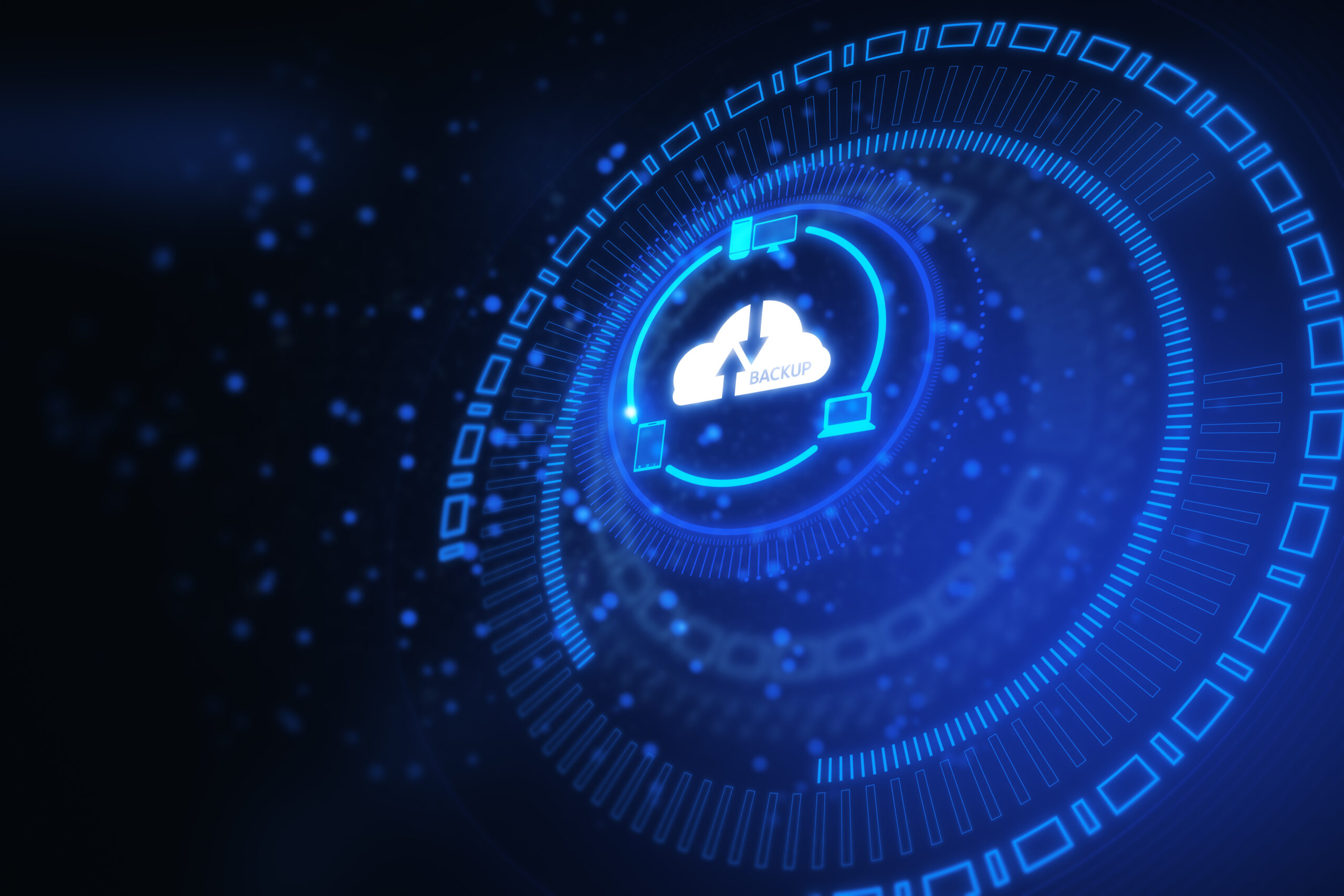Government
Five Reasons SLED Organizations Need a Disaster Recovery Plan

Your state, local, or educational (SLED) organization may be operating on borrowed time if you don’t have a business continuity and disaster recovery plan in place. Natural catastrophes have never been more threatening than they are right now. According to the US National Oceanic and Atmospheric Administration (NOAA), 20 separate weather and climate events caused at least $1 billion in damage in 2021.
At Thrive, we understand you require an IT infrastructure that is strong, secure, and resilient. That’s why our solutions provide customers with several advantages, including safe, dependable business continuity and data recovery.
A disaster recovery plan (DRP), in its simplest form, is a collection of guidelines, tools, and processes designed to change how critical technological systems and infrastructure are restored or maintained following a natural or man-made disaster.
The terms disaster recovery planning (DRP) and business continuity planning (BCP) are frequently used interchangeably.
Disaster recovery plans focus on the steps that must be taken before, during, and after a loss. In contrast, BCP is the preventive process set up before managing a disaster.
Unplanned downtime examples include:
- Cyberattacks
- Hardware failure
- Software failure
- Power outages
- Data corruption
- External security breaches
- User error
At Thrive, we keep your infrastructure operational.
The following are five advantages Thrive can provide for your BCP:
- Minimal Data Loss, Fast Recovery. For protection against incidents that could completely disrupt regular business operations, Thrive offers NextGen IT business continuity solutions that minimize data loss and offer quick, automated recovery of essential systems. Thrive’s Cloud-based Enterprise-class business continuity solutions are ideal for organizations of any size. They are tested and proven DR solutions to meet demanding recovery objectives.
- Priority Restoration Approach. An essential part of an effective business continuity plan is identifying your company’s mission-critical deliverables, prioritizing restoration, and conducting a proactive risk assessment to determine key risk factors that can disrupt processes. To guarantee that the response tactics and data security techniques stay relevant, Thrive’s disaster recovery plan, which includes a BCP framework, is most successful when updated and tested regularly.
- Cost Savings. Developing and executing a DR plan is often limited due to budget, technology, resources, or the availability of skilled professionals onsite. That’s where Thrive comes in. Our Disaster Recovery-as-a-Service (DRaaS) offering is a cloud computing service model that allows an organization to back up its data and IT infrastructure in a third-party cloud computing environment. This makes it possible to regain access and functionality to IT infrastructure after a disaster.
- Rapid Deployment.. Thrive’s Disaster Recovery-as-a-Service (DRaaS) provides virtually no data loss and costs less than increasing the recovery speed of the current provider. The Thrive team can virtualize physical web servers and set up shadow servers in a Virtual Private Cloud.
- Monitoring 24x7x365. Thrive offers complete access to our Network Operations Centers (NOCs), which are staffed by senior technicians and disaster recovery experts and accessible 24x7x365 to implement your DRaaS plan in the event of a disaster or an emergency. Our specialized monitoring and alerting procedures safeguard your vital systems and data.
Thrive’s business continuity and disaster recovery (BCDR) solutions assist our clients in being prepared for the worst.
Contact our team today to learn more.
